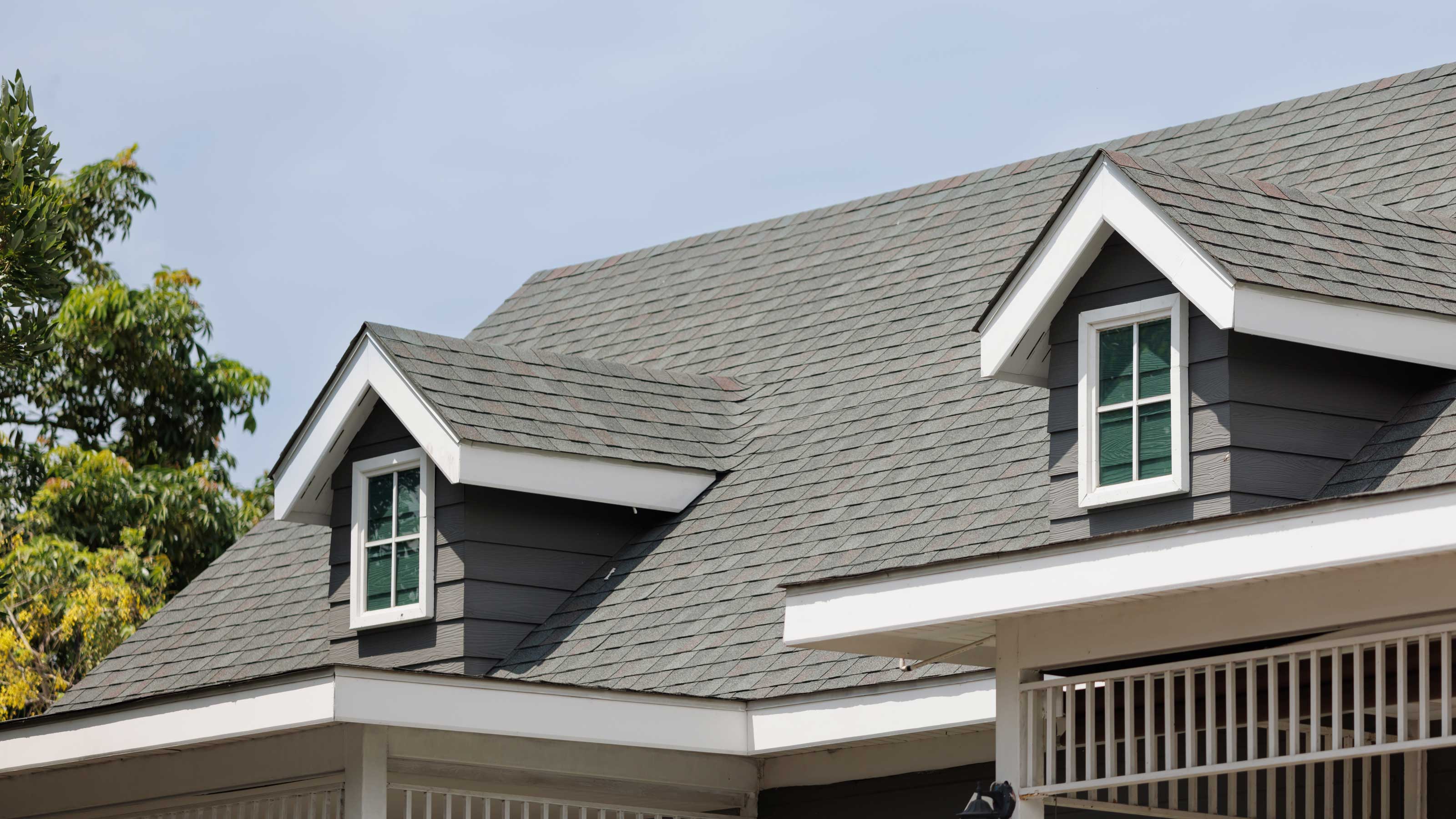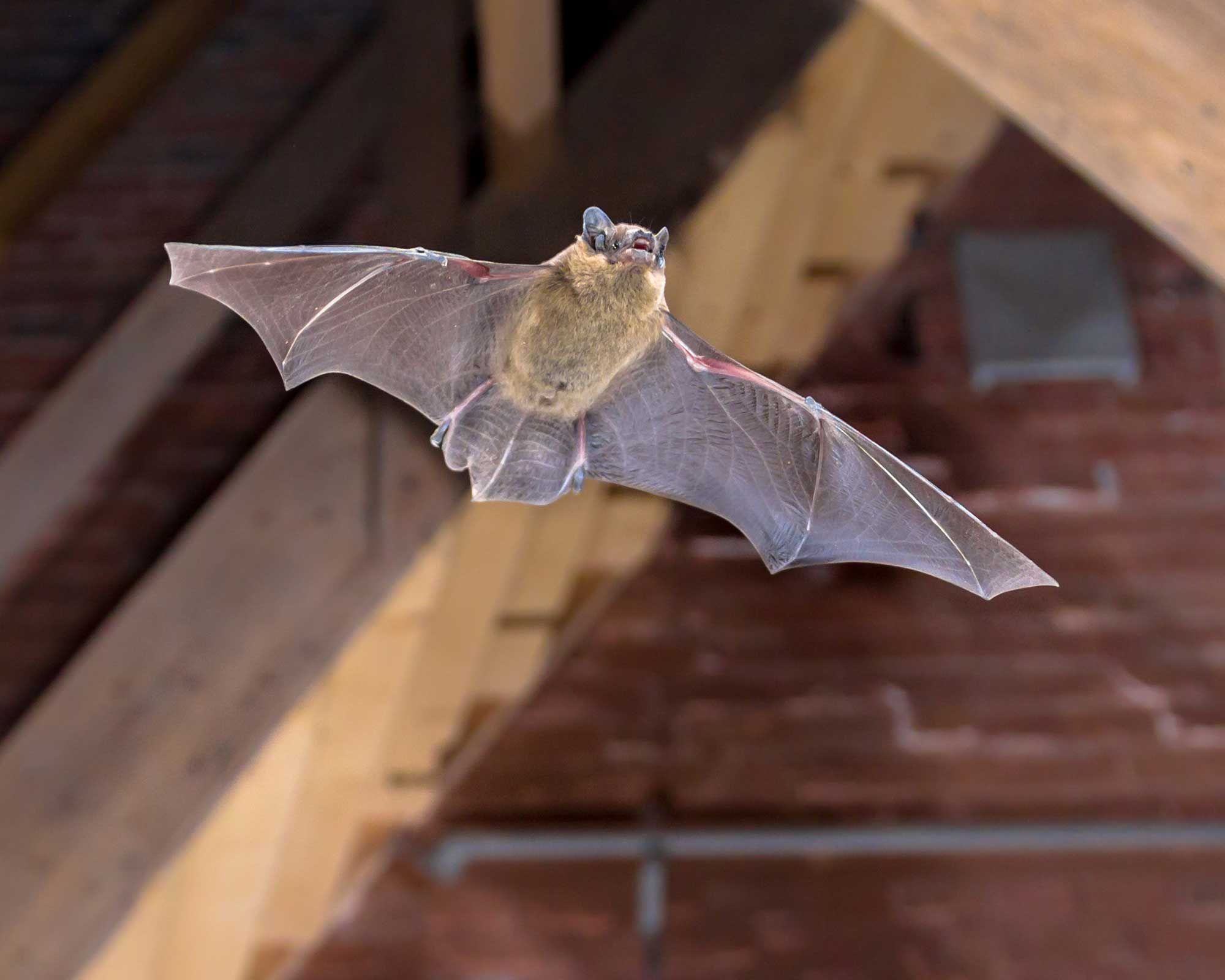How to get rid of bats in the attic – 5 quick and easy steps
Use these expert tips for the swift removal of bats in your attic


While being relatively harmless, bats can be a nuisance and cause a disturbance in your home. Not only are they noisy, but they can also interfere with your insulation, so it is important to encourage these creatures to move outside.
Depending on the state where you live, there are slight differences in how to move or remove them from your attic, or elsewhere in your property, and there are a number of ways you can remove bats from your home naturally. Therefore, it is advised that you check your local area laws to ensure you are safe from any legal trouble before proceeding.
If you are experiencing bats in your attic, however, our experts have shared their best methods to send them on their way.
How to get rid of bats in the attic
Use these tried and tested methods to help remove bats from your attic.

1. Identify entry points
‘The first thing you should do is look for entry points,’ says A.H David, owner of Pest Control Weekly. ‘Bats can enter through small cracks and gaps as small as a half inch big.’
As you would when getting rid of squirrels in the attic, or removing raccoons, look for these sized spaces around your roof and eaves. You may find it easier to locate the entry points at night. As bats are nocturnal, they leave their base at night to feed, so try watching your house from the outside to see where the bats are flying out.
By doing this you will be able to identify the rough area where the bats are entering and leaving your home as well as any other entry points you may not have been aware of.

A.H David is the co-founder and editor-in-chief of Pest Control Weekly. By hobby, he is a gardener and has experience dealing with all types of pests found in backyard gardens. His goal is to provide well-researched and authentic information about pests from his own experiences.
2. Install bat exclusion devices
According to professional roofer, Chris Stevenson, once you have identified all of the entry points, you can install one-way bat exclusion devices. These devices allow bats to leave your attic but prevent them from returning. Install these on the identified exit points.
There are a variety of different one-way bat exclusion devices available, including these bat cones, available at Amazon, so you can choose one that best suits your needs.

With a comprehensive background spanning over 15 years in the roofing and construction industry, Chris Stevenson has a remarkable depth of expertise in these fields.
3. Seal up all entry points
After you have installed your bat exclusion devices, wait a few days. This is to ensure that all of the bats have left.
Once you are confident that the bats have all left you will need to remove the exclusion devices and seal up all of the entry points to prevent them from coming back.
This can be done with caulk, at Amazon, or weatherstripping, also at Amazon.
4. Maximize light sources
With bats being nocturnal, they typically do not like areas with a lot of light. You can deter bats from your attic by adding more light sources to the area.
‘Bats are nocturnal animals with a low tolerance for light,’ says Allan Bossel, owner of Michigan Bed Bug Specialists. ‘Use bright lights and loud noises in the attic during the day to encourage bats to leave and find alternative roosts.’
You can achieve this by maximizing natural light sources or by plugging in more lights and lamps into the attic and turning them on during the day.

Allan Bossel is the owner and operator of Michigan Bed Bug Specialists. He has over a decade of insect and pest control experience, with a background in professional pest extermination and lab work.
5. Call a professional
If you are concerned about the laws and regulations when dealing with bats, or if you would just prefer hiring someone, you can always call a professional.
When dealing with a large colony, often there will be young bats. These will be too young to fly during certain months and therefore will affect when you can have them removed.
In these instances, consulting a wildlife professional experienced in humane bat removal, would be a recommended path, to have them relocated.
FAQs
Can bats stop development?
The presence of bats does not usually prevent development provided adequate measures are taken to avoid disturbance and loss of roosting opportunities (such as bat houses). Depending on the status of a roost, appropriate provisions for bats must be made either in the developed structure or an acceptable alternative structure.
If you have a bat infestation, it is important to locate the entry points and seal all but one. As well as light, bats do not like loud sounds, so try and combine the two and encourage the bats to leave during the day by turning on all the lights in the attic and playing loud music. You can also build an external bat house, so the colony has a nearby place to relocate to.
Sign up to the Homes & Gardens newsletter
Design expertise in your inbox – from inspiring decorating ideas and beautiful celebrity homes to practical gardening advice and shopping round-ups.

Seraphina is a contributing editor at Homes & Gardens, writing Solved features on organizing and storage. She loves to decorate and also grow her own produce from her home in London. Her previous experience includes working at Women's Health and Fabulous Magazine.
-
 Are you making the most out of the estate sales in your area? These are the 5 most valuable items you should be shopping for
Are you making the most out of the estate sales in your area? These are the 5 most valuable items you should be shopping forVintage lovers and antique experts share the objects you should always look out for when you're exploring an estate sale
By Eleanor Richardson
-
 How to grow sassafras – for a low-maintenance native tree that can even be planted in shady yards
How to grow sassafras – for a low-maintenance native tree that can even be planted in shady yardsFor an easy-to-grow North American tree, you will not find much better than sassafras
By Thomas Rutter